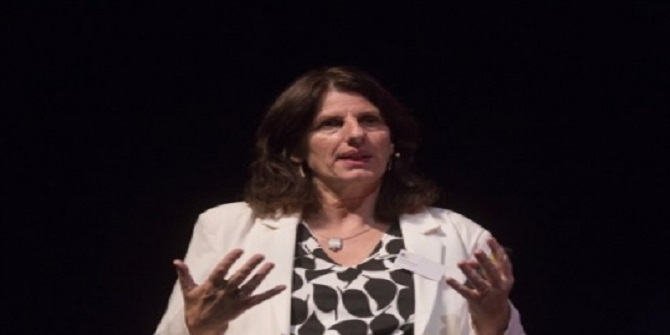
How does the arrival of nearly 100 humanitarian and development organizations’ logistics headquarters and staff change a developing world capital? In the case of the D.R. Congo’s Goma, the answer is: a lot. And not only in good ways.
In their March article in OpenDemocracy, The humanitarian industry and urban change in Goma, JSRP Senior Researcher Koen Vlassenroot and Dr Karen Büscher argue that the NGO-ificaiton of Goma has transformed the city’s economic and employment landscapes while significantly “re-ordering” its urban spaces.
Vlassenroot and Büscher document a range of effects of the agencies’ arrival nearly 20 years ago, from stimulating the local economy, to the creation of informal “networks of patronage” to serve the agencies, and a real estate boom including new supermarkets, clubs, restaurants and hotels targeted at international clientele.
Goma’s new economies and industries, driven by the humanitarian sector, have literally shaped the city’s economic and social layout. Today, Goma’s central districts are increasingly gentrified and unaffordable to the non-NGO community. New, informal districts in the urban periphery are being created as a result, but they are mostly deprived of essential infrastructure like water and sanitation.
Büscher and Vlassenroot argue that the unintended consequences of the agencies’ presence in Goma may counter their best intentions for the country:
Humanitarian actors’ presence in Goma contributes considerably to the increasing marginalisation and exclusion of the urban periphery, and to the confirmation of a ‘ville duale’ , where, as many perceive, old colonial structures of inequality and social and spatial segregation are being reconfirmed.
Most humanitarian agencies, however, are reticent to see themselves as powerful economic players in their working environments, preferring to focus narrowly on the intended effects of their programs.
The uncomfortable duality is echoed in former aid worker Nora Schenkel’s blunt evaluation of her humanitarian work in Haiti, published in last month’s New York Times:
I understood why people asked me for money, a job, for things. Most Haitians only ever meet Westerners in our capacity as self-appointed helpers. We are never just here because we want to be in Haiti; we claim we are here to better Haitians’ lives.
Meanwhile, they see us leaving the grocery store with bags of food that cost more than what they make in a month. They watch us get into large air-conditioned cars and drive by them, always by them. They see us going home to nice, big houses, shielded by high walls.
And here is what they don’t know: These houses? We could never afford them back home. These houses we have because they don’t. We have a job because they are poor.
In both Goma and abroad, Vlassenroot and Büscher conclude, the humanitarian sector, “seldom pays attention to these issues … thus seriously underestimating their indirect impact.”
The article, available on OpenDemocracy here, is based on material drawn from Büscher, Karen & Vlassenroot, Koen (2010) “Humanitarian presence and urban development: new opportunities and contrasts in Goma, DRC” in: Disasters 34(S2): 256-273.
* * *
Koen Vlassenroot is Professor of Political Science and Director of the Conflict Research Group. He is the JSRP lead researcher for the DRC and for the Central African Republic. His research interests include rebel governance, land issues and the militarization of society in conflict zones. He is also affiliated to the Egmont Institute.
Dr Karen Büscher is a post-doctoral researcher and lecturer at the Conflict Research Group (Ghent University) studying dynamics of conflict-urbanism in Eastern D.R. Congo




